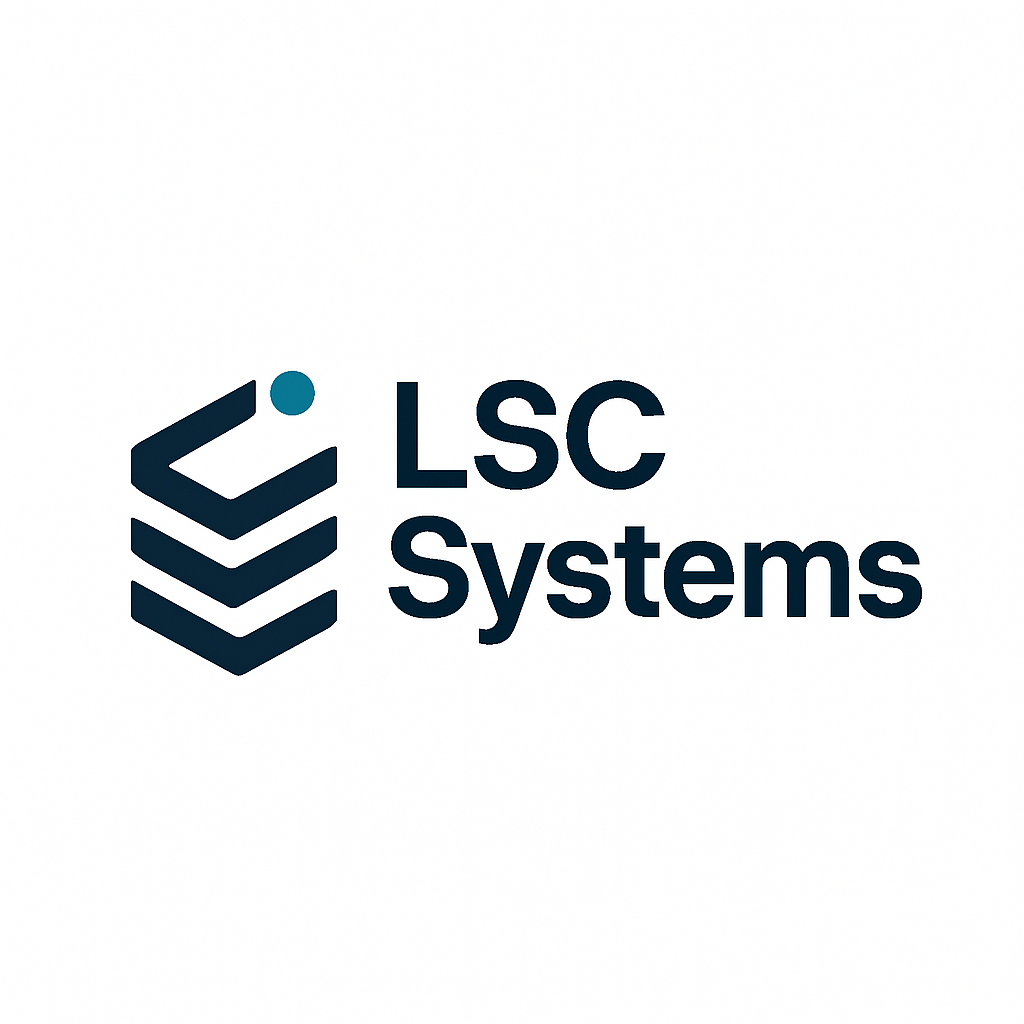COA Readiness Sprint
3 Weeks. One Fixed Price. Clarity Before Complexity.
🔧 What It Is
A fixed-scope, 3-week diagnostic to assess whether your current Chart of Accounts (COA) is structurally sound, scalable, and ready for ERP transformation or financial systems change. We evaluate how your GL codes flow across systems like NetSuite, Coupa, Concur, ADP, and reporting tools—then deliver a practical, executive-ready roadmap to fix what’s broken before it’s too late.
⚠️ Why It Matters
- ERP projects inherit legacy financial messes
- Cross-system reporting remains broken
- Integrations require constant duct-taping
- Audit/compliance exposure from outdated COA logic
- Ops and Finance still export to Excel "just to be sure"
🧠 What You Get
- COA Inventory: What exists, where it lives, how it’s structured
- Cross-System Map: Where GL segments appear across tools
- COA Risk Report: Gaps, duplications, audit issues
- Prototype COA Structure: A scalable model aligned to your ops
- Executive Roadmap: What to fix, when, and what it’ll cost
🕒 Timeline
- Week 1: Stakeholder Interviews + System Exports
- Week 2: Analysis + Mapping + Prototype
- Week 3: Executive Briefing + Roadmap Delivery
💵 Pricing
Standard Sprint (3–4 systems): $25,000 flat
Extended Sprint (5+ systems / multi-entity): $35,000 flat
Add-ons available: historical mapping strategy, steering committee support
🎯 Best For
- Pre-ERP implementation teams
- New CFOs/CIOs with inherited mess
- PE-backed orgs consolidating finance systems
- Ops leaders struggling with broken GL alignment
- Companies scaling out of QuickBooks or legacy systems
Ready to prep your financial foundation for what’s next?
✺ Frequently asked questions ✺
-
We surface structural inconsistencies across legal entities and geographies, then show you where standardization is possible—and where localization is necessary. You’ll get a cross-entity COA map with normalization recommendations and a phased alignment plan that accounts for regional constraints (e.g. tax, payroll, compliance).
-
Yes. We’ve seen clients spend 2–3x more on rework, rebuilds, or customizations when legacy COA structures are carried into new ERPs. The sprint uncovers hard-dollar inefficiencies (e.g., duplicate account usage, failed automation, reconciliation delays) and soft-dollar risks (e.g., audit exposure, finance team overhead).
-
We don’t propose changes in a vacuum. Every recommendation is cross-checked against current reporting requirements, audit trails, integration dependencies, and known compliance mandates (e.g., ASC 842, SOX, public company readiness). The prototype COA is built with finance, FP&A, and auditor inputs in mind.
-
We act as a neutral bridge between Finance and IT—facilitating shared understanding around system constraints, data structure, and reporting outcomes. Our process includes facilitated interviews, system mapping, and collaborative validation checkpoints to ensure both sides agree on what's broken and what's next.
-
Absolutely. Many clients use our final roadmap and readiness scorecard to justify ERP investment decisions, transformation budgets, or post-merger system consolidations. The final deliverables are formatted for C-level and board audiences—no fluff, no tech speak, just real risk and ROI clarity.
-
We complement them. Most SIs want to hit the ground running with a clean COA and defined rules. This sprint gives them exactly that—while giving you confidence they’re building on a solid foundation. We often work in parallel with system vendors, internal PMOs, and transformation firms

